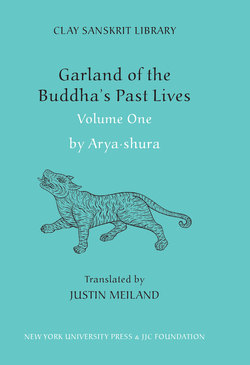Читать книгу Garland of the Buddha’s Past Lives (Volume 1) - Aryashura - Страница 13
Оглавлениеvarying depending on the tradition). In reality, however, such doctrinal niceties are often not reflected in the stories themselves or otherwise form the background of attention. While jataka stories do often assume a didactic tone, to see them merely as decorative illustrations of doctrinal tenets, made palatable for popular consumption, would be a gross simplification. On the contrary, it is often here in the polysemous context of narrative expression, with its complex imagery and potent allusions, that tensions within Buddhist thought are most sensitively probed and Buddhist values most ambiguously negotiated.
Historical Background to Arya·shura’s
“Garland of the Buddha’s Past Lives”
The general rule that we know little about the historical context of classical Indian authors is unfortunately no less applicable to Arya·shura.5 A small amount of information is provided by a Sanskrit commentary called the Jatakamalatika, which states that Arya·shura was a prince in the Deccan who became a Buddhist monk (Khoroche 1989: xi). But this probably owes more to hagiography than historical fact and, given the late date of the text, conjecturally dated by Peter Khoroche (1989: xi) to the fourteenth century ce, one cannot be certain that it is solidly based.6
Most scholarship agrees in dating Arya·shura to approximately the fourth century ce, a conjecture based largely on stylistic considerations.7 More concrete evidence for this date has, however, been provided by Michael Hahn ________
